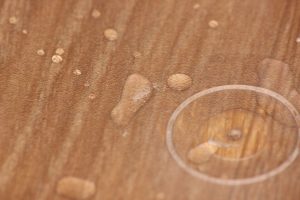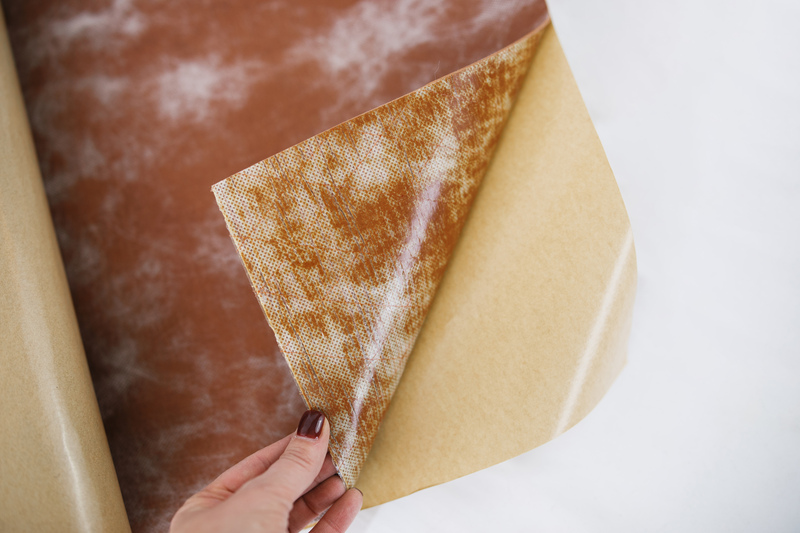 Moisture in flooring can become a big issue if contractors don’t take proper steps to mitigate it on the forefront. Of course, when it comes to wood flooring, you have to measure the moisture content and let it acclimate to prevent subfloor moisture problems. Ultimately if you don’t make sure you’re taking precautions to protect the subfloor against moisture, you run the risk of running into damage and ruined flooring that is unsightly, potentially dangerous, and a burden to repair.
Moisture in flooring can become a big issue if contractors don’t take proper steps to mitigate it on the forefront. Of course, when it comes to wood flooring, you have to measure the moisture content and let it acclimate to prevent subfloor moisture problems. Ultimately if you don’t make sure you’re taking precautions to protect the subfloor against moisture, you run the risk of running into damage and ruined flooring that is unsightly, potentially dangerous, and a burden to repair.
So, how do you properly guard against subfloor moisture problems? The first step is to know what you’re aiming for when it comes to moisture content. This will depend on the flooring materials being used, but contractors know they must measure moisture content to ensure success in the flooring project.
Step One: Measure moisture before, during, and after installation.
Protecting your flooring install against moisture requires a little effort on the forefront. It is imperative to measure the moisture content on wood flooring itself and to allow it time to acclimate, but it’s also critical to measure the moisture content of the subfloor too. Skipping this step is just asking for trouble. You’ll want to test the moisture content in several different spots throughout the room, and take an average of the results.
Step Two: Use a flooring underlayment that helps with moisture mitigation.
Another important step in preventing subfloor moisture problems is to install an underlayment product that contains a vapor retarder to reduce the amount of moisture that migrates from the subfloor up into the flooring materials. This is even more important when installing flooring in a basement or attic, or any below-grade environment, as these areas are more prone to wider fluctuations in moisture levels.
Base King’s ES-Cushion & ES-Barrier System products are great options for projects such as these. These underlayment products boast moisture barrier qualities, high moisture resistant adhesive, and other benefits like noise reduction.
Step Three: Encourage building occupants to take preventative measures.
There are ongoing things building occupants can do to help prevent moisture problems from ruining flooring materials or causing issues that require costly repairs. One easy preventative step is using a dehumidifier inside spaces during the wetter months of the year. This, especially when paired with the use of a vapor-barrier flooring underlayment, can help keep moisture problems at bay.
Learn more about Base King moisture mitigation flooring adhesives and other products through our site, and best of luck in all your flooring projects.
